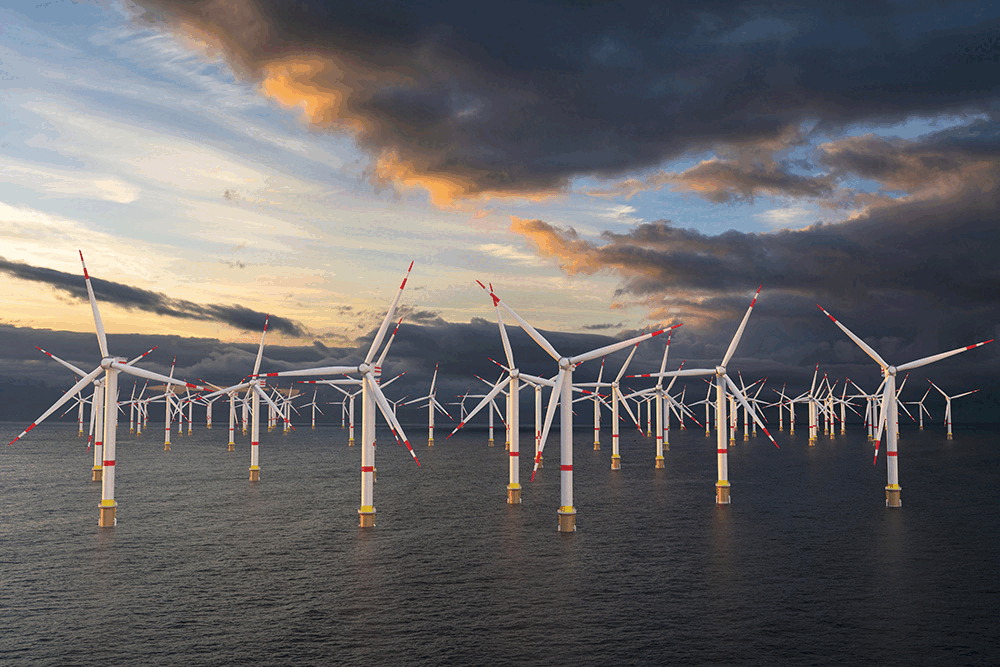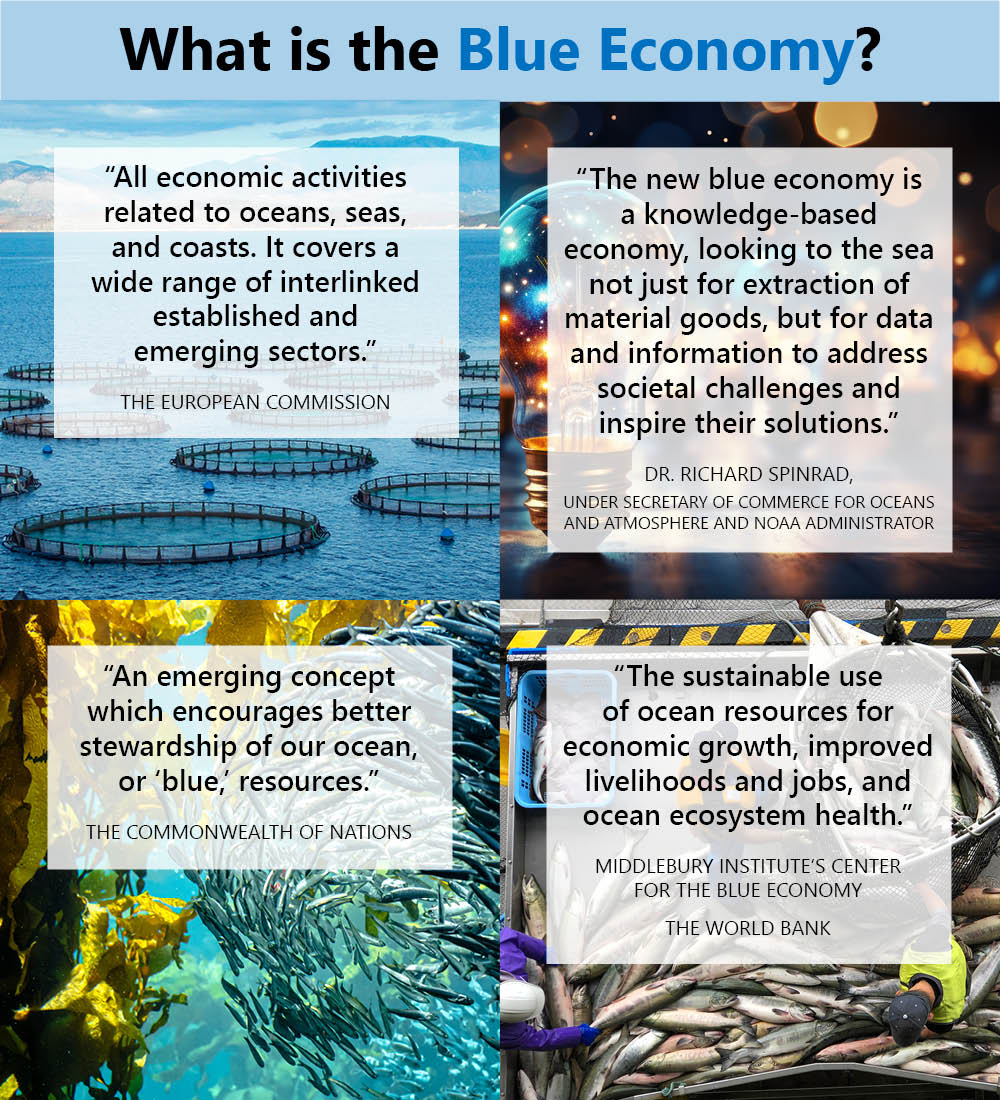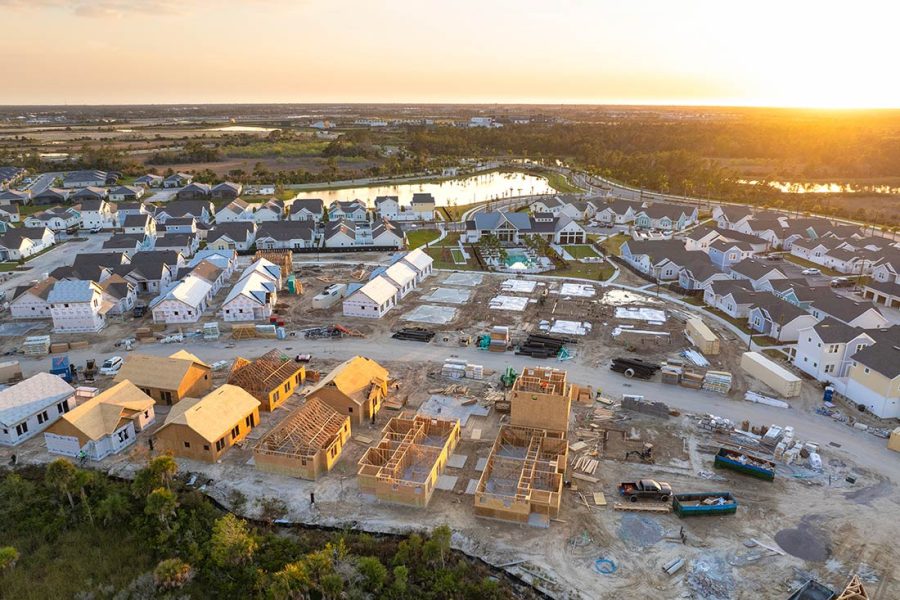- Navigator
- Industry Analytics and Strategy
- Strategic Planning
 The blue economy encompasses a wide array of sectors, from clean energy production to shellfish harvesting. Defining the blue economy is challenging, and it is continually evolving. Several global organizations have created broad definitions; however, these definitions vary drastically in their scope and provide little clarity.
The blue economy encompasses a wide array of sectors, from clean energy production to shellfish harvesting. Defining the blue economy is challenging, and it is continually evolving. Several global organizations have created broad definitions; however, these definitions vary drastically in their scope and provide little clarity.
Even though an exact definition can be tricky, there is no denying that the ocean and other coastal waters contain an enormous variety of valuable resources.
The National Oceanic and Atmospheric Administration (NOAA)’s 2021 Blue Economy Strategic Plan states, “If American coastal counties were an individual country, they would rank third in the world in GDP, surpassed only by the United States and China.” Including all coastal counties means including several major US cities such as New York City, Los Angeles, San Francisco, and Boston, which both proves and dilutes the impact of the blue economy.
On the one hand, the location of major US cities and their proximity to the ocean is a strong reminder of the historical and modern-day advantages of open water access. On the other hand, not every business in every coastal county is connected to the blue economy. In this vein, classifying the entire economy of every coastal county as the blue economy would be misleading.
What’s New in the Blue Economy?
While the way humans harvest and use blue economy resources is continually evolving (think historic whaling practices to modern-day wind turbines), the contribution of ocean water operations on both land and sea to the global economy cannot be overlooked.
To ensure the long-term productivity of ocean waters, climate change considerations and sustainability are dominant themes across emerging opportunities in the blue economy.
Conservation Efforts and Blue Carbon
Blue carbon refers to carbon dioxide (CO₂) stored in coastal and marine ecosystems, such as mangroves, salt marshes, and seagrasses. These coastal habitats capture and hold carbon, which helps mitigate climate change. When these habitats are damaged or destroyed, they emit large amounts of carbon back into the atmosphere. Coastal habitats also provide other benefits, such as storm protection and as nursery habitat for fisheries.
Blue conservation includes efforts such as:
- State and federal carbon taxes
- Buying and selling carbon offsets
- Developing physical barriers to prevent the destruction of coastal habitats
Decarbonization
Unlike efforts related to the conservation of blue carbon habitats, decarbonization efforts focus on reducing carbon emissions from ocean-related industries such as fishing and aquaculture.
This can be done through investments in:
- Sustainable technologies
- Supply chain improvements
- Infrastructure
Recent trends have also pushed for integrating climate considerations into trade policies.
Carbon Capture
Energy companies, including Chevron and climate technology investors, are exploring strategies for permanently removing carbon from the atmosphere. For example, Brilliant Planet is a carbon capture company that grows, dries, and buries algae in the desert in an effort to permanently remove carbon from the atmosphere.
Clean Energy
Clean energy solutions that use coastal waters are being explored on multiple fronts. Floating wind turbines are among the most visible methods for generating clean energy using ocean resources. Similarly, recent research and development efforts are exploring the potential of underwater turbines.
Biofuel production through the transformation of algae is another way coastal and ocean waters may contribute to producing clean energy.
Blue Biotech
Blue biotech, also known as marine biotechnology, explores the forms, structures, physiologies, and chemistries of marine life to create new materials and solutions. Under this umbrella, several companies are working to improve the quality, productivity, and health of aquatic foods.
For example, ViAqua Therapeutics is developing affordable, efficient methods for managing diseases in common aquaculture species.
Another company working to address issues in the cultivation of aquatic foods is Kuehnle AgroSystems (KAS). The company spent over 15 years developing a cost-effective way to produce natural Astaxanthin. (the primary antioxidant-rich pigment responsible for enhancing the red color in species like salmon, rainbow trout, Arctic char, and shrimp and a staple ingredient in aquafeeds). Although most aquafeeds are currently made with synthetic astaxanthin, KAS’s new algae strain will make natural astaxanthin a viable option.
These innovations represent a small portion of emerging trends in the blue economy; however, ongoing efforts to combat climate change, along with the growing need for ocean-derived foods and clean energy, will continue to make sustainability a key trend for blue economy industries.
Do you want to better understand the blue economy, the industries it comprises, and opportunities for economic development and growth in these areas in your community? Camoin Associates can help.
Learn more about our Industry Analytics and Strategy Development services




